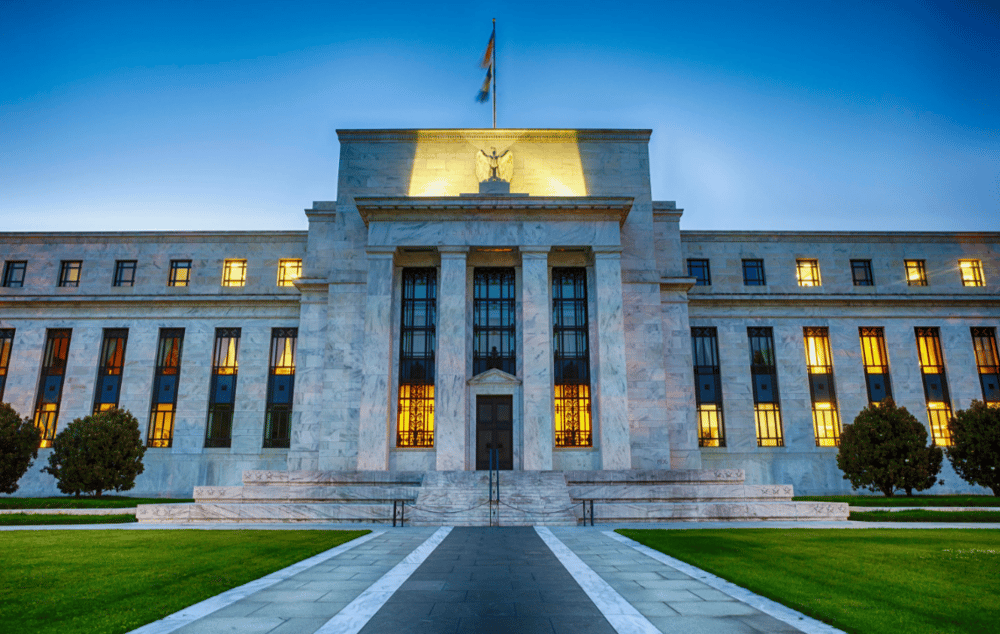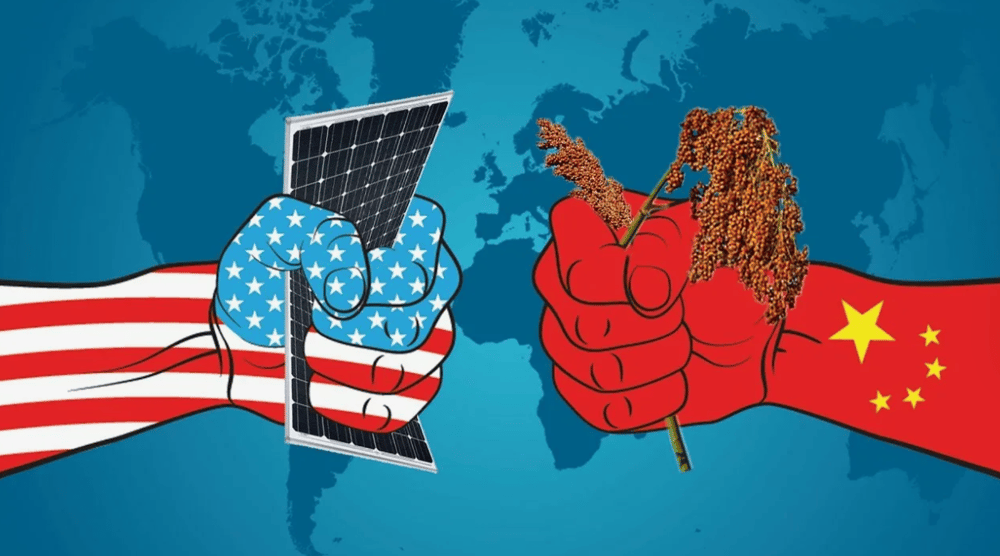USD and Global Equities Retreat Amid U.S.–China Trade Tensions and EU Rate Cut Prospects
Global financial markets opened the week on a cautious note as U.S.–China trade frictions intensified and investors braced for key labor data from the United States alongside anticipated monetary easing from the European Central Bank (ECB). The U.S. dollar (USD) declined against a basket of major currencies, while equities across Asia and Europe, particularly in the steel and aluminum sectors, faced downward pressure.
The developments come amid elevated geopolitical and macroeconomic sensitivity, with the markets pricing in both protectionist risk and central bank pivot signals. The dual narrative of trade escalation and impending monetary easing has reshaped investor positioning globally.
Tariff Threats and Macroeconomic Anticipation Shape Market Behavior
On Friday evening, former U.S. President Donald Trump reignited trade anxieties by proposing a doubling of tariffs on imported steel and aluminum—raising the levies to 50% starting June 4. Although not yet implemented, the declaration triggered broad declines in shares of Asian and European metal exporters, which remain heavily reliant on U.S. demand.
The move sparked immediate concern among European Union trade representatives, who warned that retaliatory measures could follow if unilateral tariff hikes materialize. While the White House has yet to formalize Trump’s proposal, the rhetoric alone has unsettled markets already cautious ahead of two key macroeconomic catalysts:
The U.S. nonfarm payrolls report, due Friday, which may influence Federal Reserve (Fed) rate trajectory.
The ECB’s policy decision, expected to yield a 25 basis-point rate cut amid slowing eurozone inflation.

Market Drivers and Impacts
USD Index: Fell by 0.4% amid dovish expectations and trade uncertainty
EU Steel Stocks: ArcelorMittal $MT, Salzgitter $SZG.DE, and Voestalpine $VOE.VI posted losses between 2.5%–4.2%
Asian Exporters: Nippon Steel $5401.T and POSCO $005490.KS also declined on tariff fears
Proposed U.S. Tariffs: Steel and aluminum tariffs may rise to 50% starting June 4
Macro Watchpoints: U.S. jobs report and ECB rate decision later this week
Market Reaction and Strategic Commentary
Financial markets responded defensively, with risk-off sentiment evident in both equity and currency trades. The USD weakening reflects growing conviction that the Fed may need to accommodate a cooling labor market, while investors rotate capital toward safer assets such as Treasuries and gold.
The Stoxx Europe 600 index edged lower, with basic materials and industrials among the worst-performing sectors. Similarly, MSCI Asia-Pacific ex-Japan declined as concerns over trade-dependent earnings weighed on exporter-heavy indices.
Commentators note that the convergence of protectionist rhetoric and rate speculation underscores a key 2025 market theme: geopolitics driving monetary response. With inflation now moderating across advanced economies, central banks may be more inclined to act, particularly if trade disruptions threaten growth outlooks.

Strategic Insights: 5 Key Developments
Tariff Threats Depress Export Stocks: Steel and aluminum producers exposed to U.S. markets faced selling pressure.
USD Weakness Signals Fed Uncertainty: A soft dollar reflects expectations for dovish Fed pivot if labor data disappoint.
ECB Set to Cut Rates: A 25 bps cut is widely anticipated as eurozone inflation slows and growth lags.
Trade and Policy Now Interlinked: Markets are adjusting to geopolitical risks dictating monetary tone.
Flight to Safety Emerges: Treasury yields dropped and gold rose as risk aversion gained traction.
Interplay of Trade, Currency, and Rates Reshapes Market Narrative
The early-week market dynamics illustrate a multi-front recalibration of global investor expectations. Rising trade protectionism from the U.S., signaled through threatened tariffs, has rattled industries dependent on cross-border flows. Simultaneously, softening economic indicators in the West are prompting investors to price in monetary accommodation, with both the Fed and ECB under the microscope this week.
For equity, commodity, and currency markets alike, the intersection of geopolitical assertiveness and monetary policy divergence is setting the tone. This dual-force pressure is likely to remain a key volatility driver as global economies navigate an increasingly fragmented policy environment.















Comments